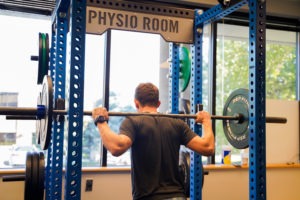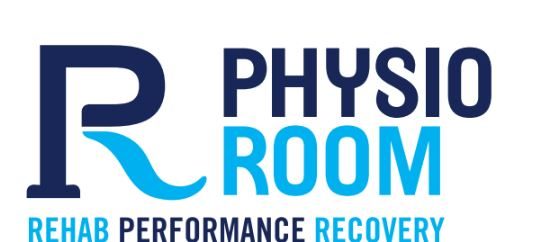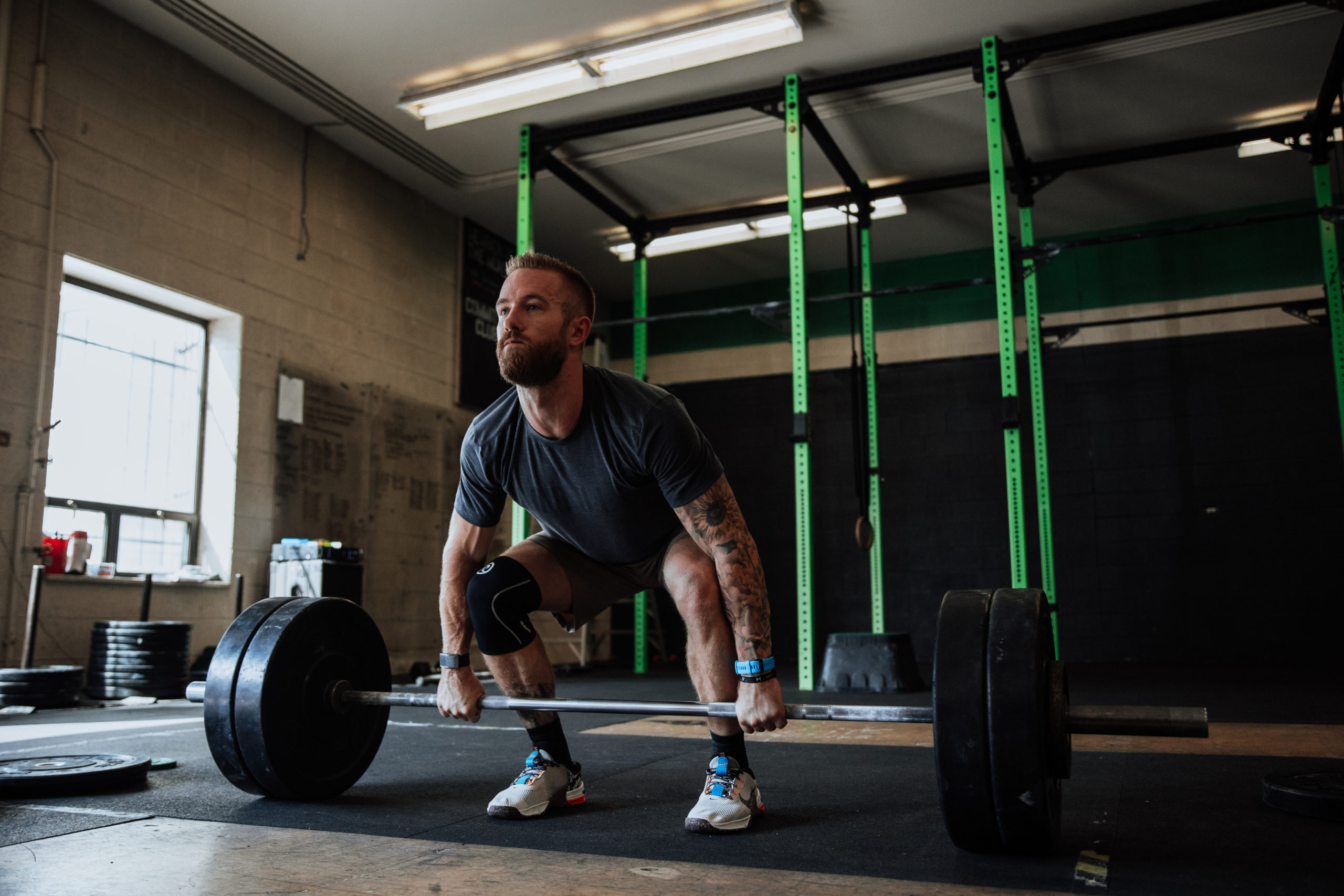Strength Training for Runners with Hip Pain
How Does Hip Pain Happen for Runners?
Hip pain in runners can often be linked to tight or weak hip flexors or issues with running form. If you’re experiencing pain in the front of your hip or near your groin or lateral hip, it could be related to how your foot strikes the ground.
Check if the foot on the affected side is turning outward (external rotation). This might be due to increased tension or weakness in your glutes or because your body is trying to avoid hip flexion pain by altering your movement. When the glutes aren’t doing their job properly, the TFL (a muscle on the side of your hip) might take over during the running stride, which can lead to pain on the lateral or posterior hip, as well as with hip flexion.
How Do We Fix It?
Hip flexion pain can occur when the posterior capsule of the hip tightens, with glute tendinopathies or a true hip impingement (FAI). All of these diagnoses can cause the hip flexor muscles to feel pinched because the head of the femur can’t move freely in the hip joint.
To address this, we need to strengthen and coordinate all the muscles around the hip joint, not just the glutes or hip extensors. This includes the adductors, hip flexors, abductors, extensors, and the glutes responsible for internal and external rotation.
Exercises to Consider:
- Eccentric banded hip flexion
- Yoga block hip internal rotation (IR)
- Copenhagens
- Romanian Deadlifts (RDLs)
- Squats
- Bulgarian split squats
These exercises help improve strength and coordination in the hip area, which can alleviate pain and improve running form.

Strength Training for Runners with Hip Pain
- How does this happen?
- Hip pain can occur for many reasons, but for runners it can be due to tight/weak hip flexors or impaired running form.
- If you’re a runner and you start to notice hip pain in the front of your hip or near your groin, take a look at your foot strike. You might notice that the foot on the affected side is turned into external rotation. This can be from increased tension/weakness in the glute muscles or because the body has sensed weakness or pain with hip flexion and is trying to find a way to avoid moving in that plane of motion. In order to fix this problem the body might start relying on the TFL muscle (lateral hip) to assist more with bringing the leg forward during the eccentric phase of the gait cycle. This can cause pain at the lateral/posterior hip in addition to pain with hip flexion.
- How do we fix this?
- Hip flexion becomes painful when the posterior capsule of the hip becomes tight, causing the hip flexor muscles to feel “pinched” because the head of the femur cannot move far enough back in the capsule to allow pain free range of motion when bringing the leg forward.
- Like any other joint in the body, when a muscle becomes weak/tight other muscles need to work harder to stabilize or move the joint.
- In traditional PT a practitioner might only focus on strengthening the glutes, or hip extensors, because this is the opposing muscle group for the hip flexors.
- However in order to truly fix a hip impingement we need to strengthen and improve the coordination for all of the muscles surrounding the hip joint: adductors, flexors, abductors, extensions, and the glute muscles that manage internal and external rotation.
- eccentric banded hip flexion
- yoga block hip IR
- Copenhagens
- RDL’s
- Squats
- Bulgarian split squats
Targeted strength training can be a game-changer for runners with hip pain. By strengthening and coordinating the muscles around the hip joint—flexors, extensors, adductors, abductors, and rotators—you can reduce discomfort, restore proper movement, and improve performance.
Incorporate exercises like eccentric banded hip flexion, yoga block hip IR, Copenhagens, RDLs, squats, and Bulgarian split squats to build strength and move pain-free. Need help? Our team is here to guide you to stronger, healthier running!




Connect with Physio Room:
Find Us On Our Socials
Website
Instagram
Facebook